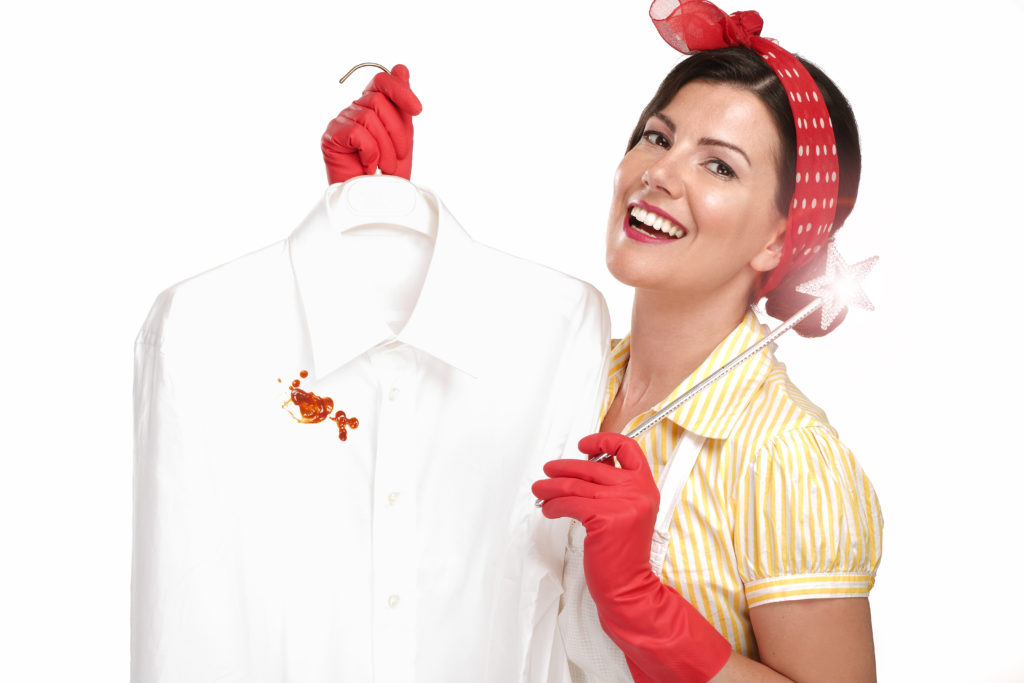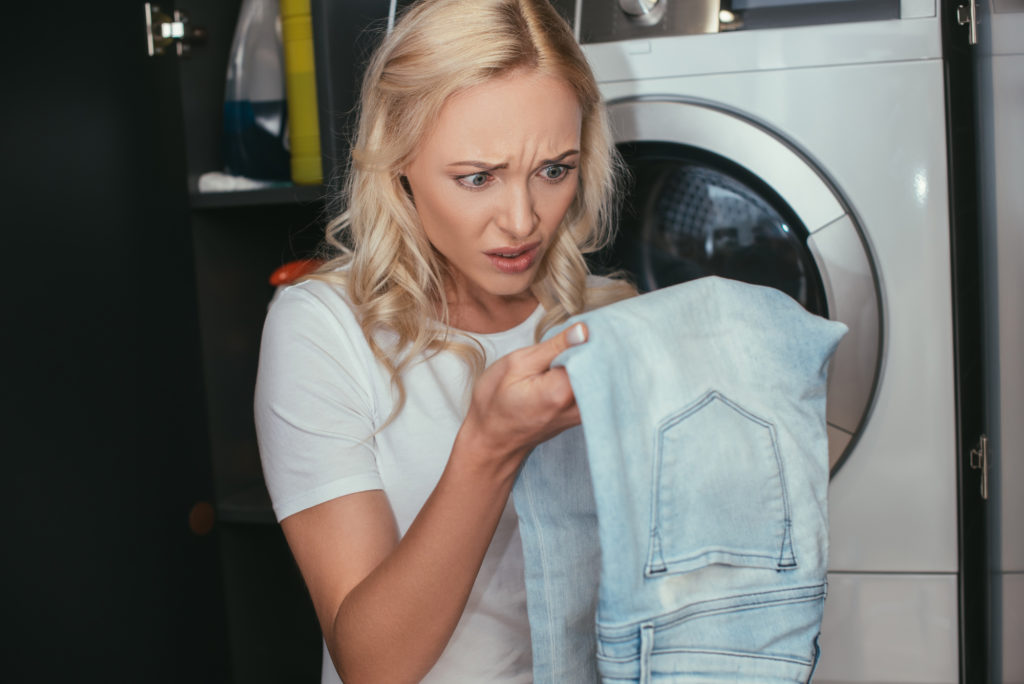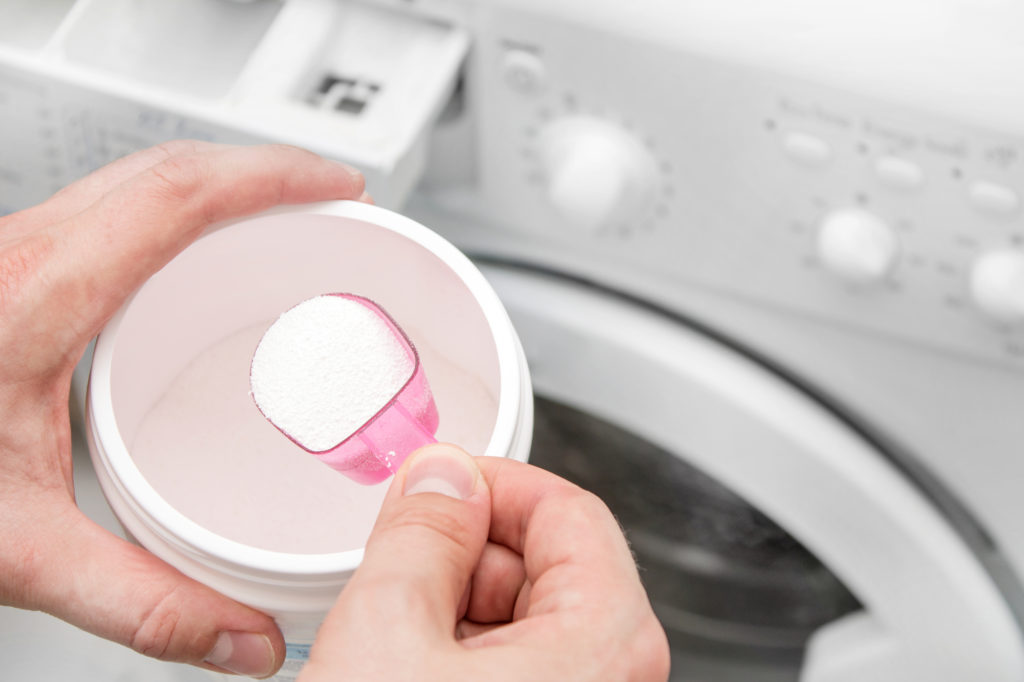- Laundromat tips
- 28.07.2021
The Top 5 Natural Stain Removers You Already Have at Home
Let’s face it: stains are a pain. A small spill or accident can lead to your favorite clothes being ruined. To have the best chance of removing a stain, you should wash it as soon as possible and use a pre-treatment on the affected area. But what if you don’t have a stain remover on hand? Here are five of the best natural stain removers you probably already have at home.
White Vinegar. White vinegar is effective for removing sweat stains, mildew stains, and grass stains, among others. Its mold-killing properties also make it effective at removing odors. If you accidentally leave clothes in the machine overnight, you can add vinegar to a cycle to help prevent the musty smell that usually develops.
It is best to pre-treat the stained area of clothes with vinegar before adding them to the washer. Additionally, you should add a cup of vinegar to the rinse cycle. Adding vinegar any earlier in the wash can interfere with the detergent’s cleaning ability. Most laundry detergents are basic in nature. Since vinegar is acidic, adding it to the washer when soap is still present will neutralize the soap.
Note that white vinegar should be used rather than apple cider vinegar, as apple cider vinegar’s coloring can create a stain of its own.
Baking Soda. That’s right, baking soda can be used for much more than bread and desserts. In addition to serving as a strong stain remover, baking soda boosts detergent’s effectiveness and acts as a softener. Even better, it is an effective odor removal agent as it helps kill odor-producing fungi.
Hydrogen peroxide. Commonly used as a disinfectant for first aid treatment of cuts or scrapes, hydrogen peroxide is also effective at fighting stains. Like bleach, it is an oxidizing agent, but it is much safer to handle. You can use hydrogen peroxide to remove red wine stains, sweat stains, mold stains, and stains from vegetables or fruit juice.
For best results, apply hydrogen peroxide to the stained area and allow it to sit for 10 minutes before placing it in the washing machine. Additionally, you can put a cup of hydrogen peroxide to the washer before adding water or other clothes.
A word of caution: never combine hydrogen peroxide with chlorine bleach, ammonia, or other household cleaners. The chemical reaction can create dangerous odorless gases.
Lemon Juice. When life gives you lemons, use them to remove stains from white clothing. The acid in lemon juice serves as a natural bleaching compound. You can use it on white fabric– for example, removing sweat stains on the collars of white T-shirts. It is much safer and easier to handle than chlorine bleach. As an added bonus, your clothes will have a fresh lemon scent.
One word of caution: because the citrus fruit’s acid functions as bleach, you should not use it on colored fabrics. If you accidentally get lemon juice on a nonwhite garment, you should rinse it under a facet immediately and then wash it.
Bonus Tip: Always spot test a stain remover on a garment before treating the stained area or using it in a wash. As with any cleaning solution, there is always the possibility that it can make the color bleed or cause discoloration. To do a spot test, dip a Q-tip into the stain removing solution. Press it onto an out-of-sign area of the garment you plan to use it on, such as a hem or inner pocket, and rub it gently against the cloth. If dye comes off onto the Q-tip, it’s a good sign you shouldn’t use the stain remover on that piece of clothing.
Stains can be frustrating, but when they are treated swiftly and correctly, you can save your favorite clothes from the donation pile.






